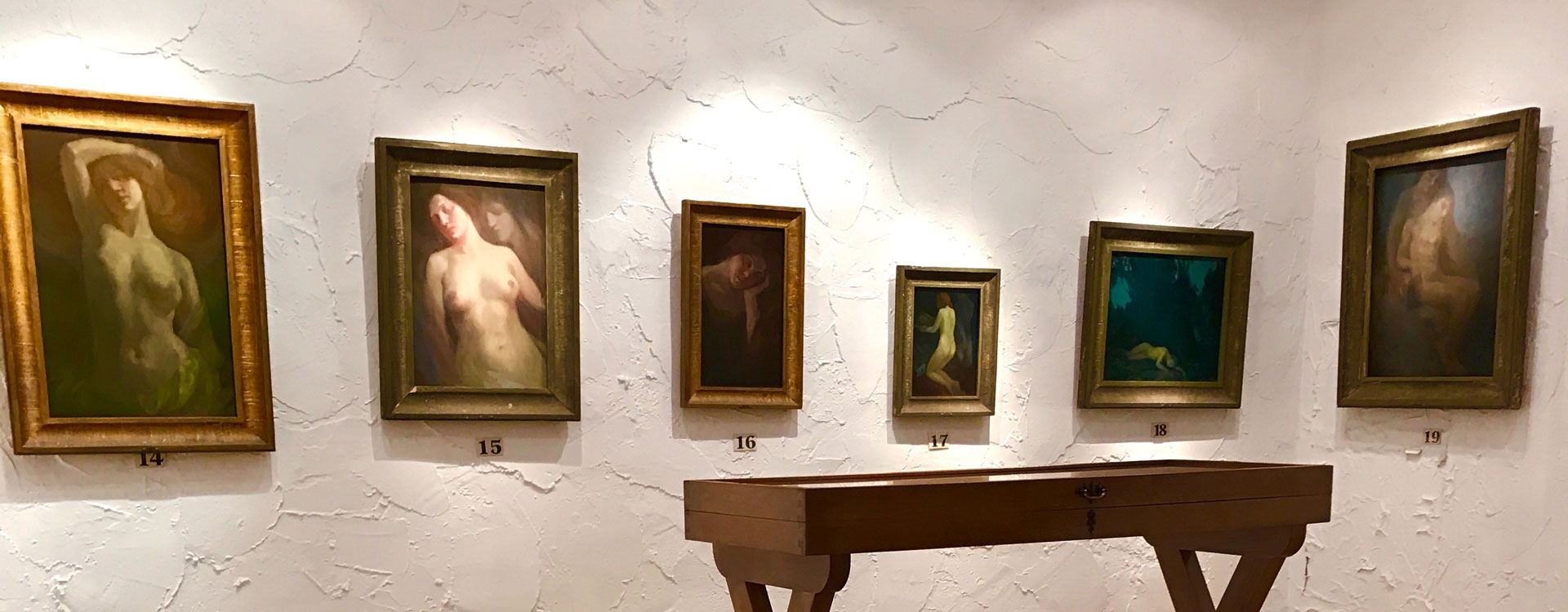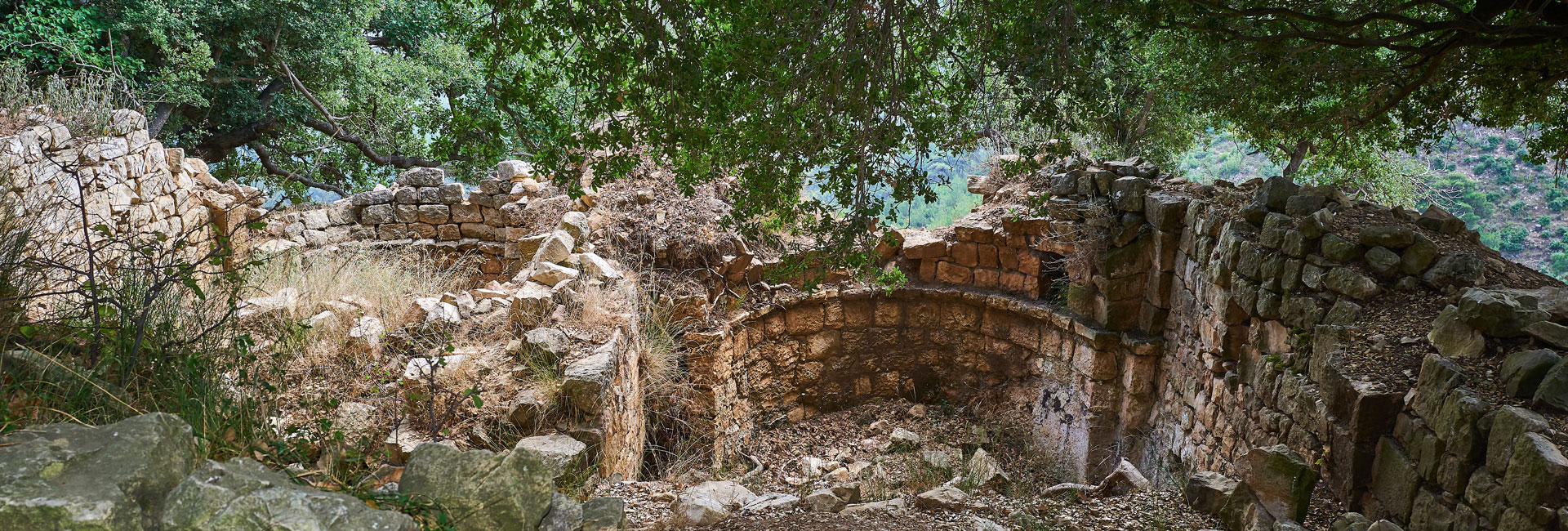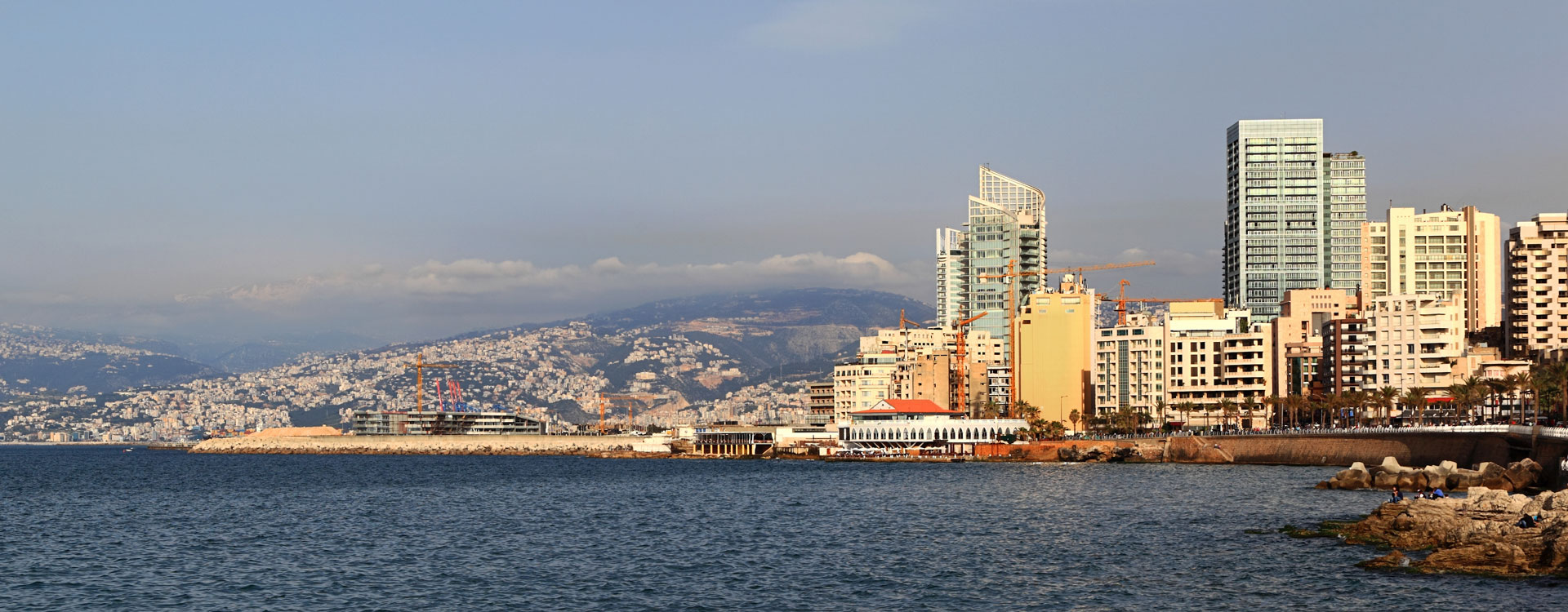The Gibran Khalil Gibran Museum










BlogHomeMOOVTOO Magthe MuseumHistoryMuseumBecharre Region

 DiscoverArt & CultureBlogOut & AboutIndulgeThe Great OutdoorsA Word from the ExpertsHeritagePersonalized tripWIKIMOOVExperiencesEventsTrailsFind a GuideMagazineCraft & Local ProductsCulture & HeritageFood & DrinksAccommodationLeisure & EntertainmentNatureOutdoor Activities CentersReligious sitesSnow Activities CentersFamous & useful placesWater Activities CenterWellbeingBusiness PlatformJoin MOOVTOOBecome a MOOVTOO guideBecome a MOOVTOO HostI've read and I accept MOOVTOO's Privacy and Cookie Policy
DiscoverArt & CultureBlogOut & AboutIndulgeThe Great OutdoorsA Word from the ExpertsHeritagePersonalized tripWIKIMOOVExperiencesEventsTrailsFind a GuideMagazineCraft & Local ProductsCulture & HeritageFood & DrinksAccommodationLeisure & EntertainmentNatureOutdoor Activities CentersReligious sitesSnow Activities CentersFamous & useful placesWater Activities CenterWellbeingBusiness PlatformJoin MOOVTOOBecome a MOOVTOO guideBecome a MOOVTOO HostI've read and I accept MOOVTOO's Privacy and Cookie Policy What is MOOVTOO ?PartnersContact usFAQLegal MentionsData Protection PolicyTerms and Conditions
What is MOOVTOO ?PartnersContact usFAQLegal MentionsData Protection PolicyTerms and Conditions